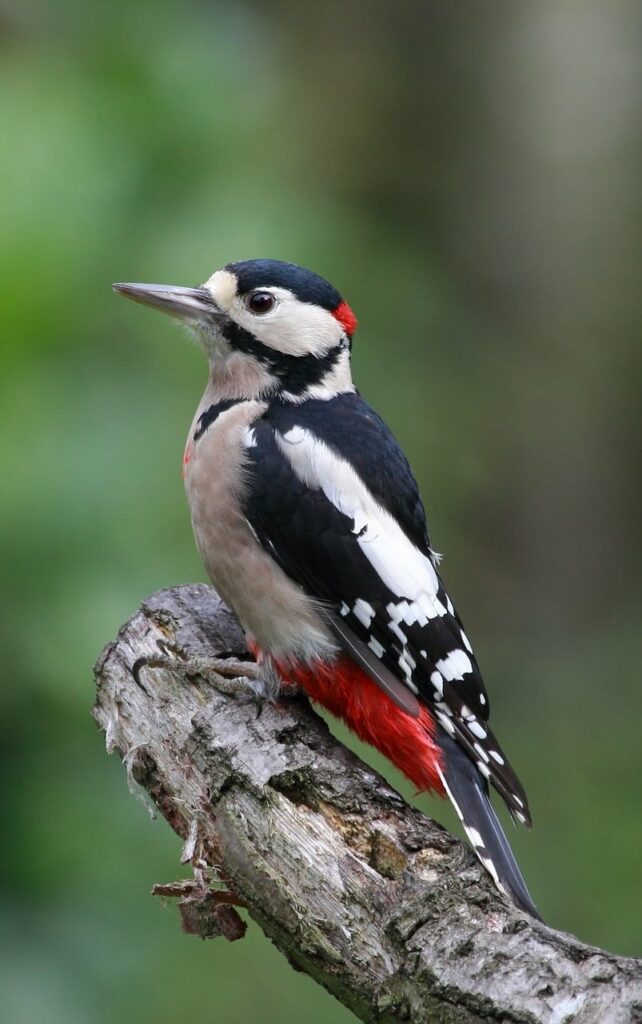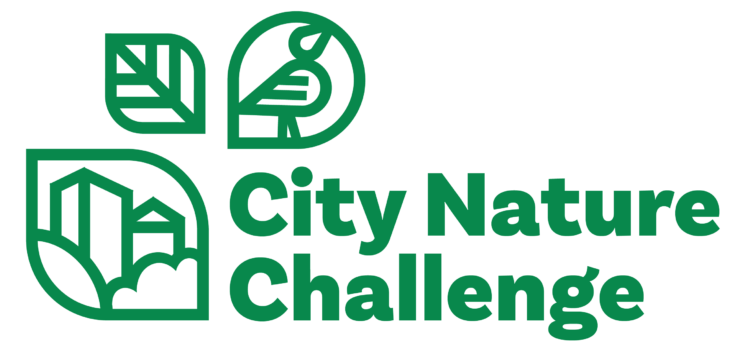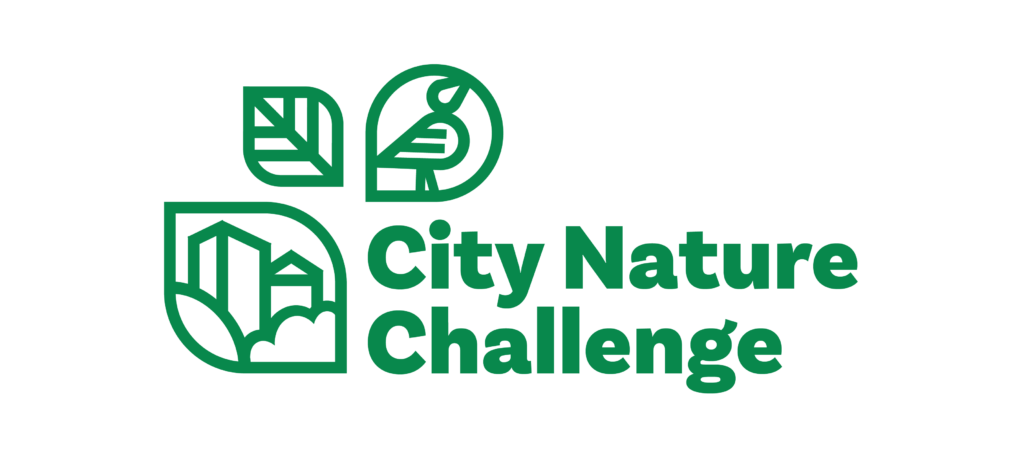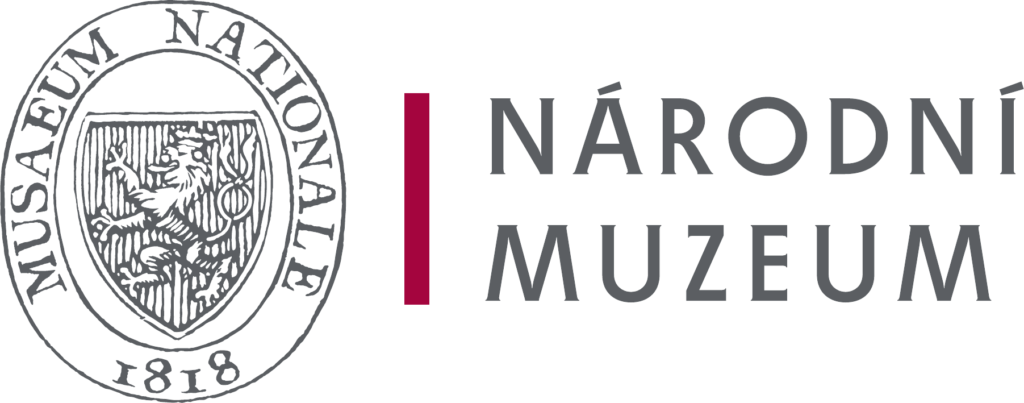Hundreds of cities from around the world
Traditionally, this is a competitive project in which towns compete with each other to make the most observations of natural diversity in their territory. Prague will not be absent again this year. Everyone can join in and help achieve better results.
To do this, you need to join in between 26 and 29 April 2024 and record observations of plants, animals and fungi in your area.
Thanks to modern times, it is no longer necessary to draw everything in a notebook, like Charles Darwin did. Observations can be made with a mobile app, which we have selected and translated into Czech for this purpose. The app is called iNaturalist. It’s really easy to use and can be done by anyone without any science background. The app is so intelligent that it tries to recognize what kind of plant, animal or fungus you are looking at.
This challenge first started in 2016, and it was only between the cities of Los Angeles and San Francisco. In 2018, the first international edition took place, with 68 cities participating. For the most recent edition, more than 600 cities from around the world have signed up.
Within the Czech Republic, Brno, Uherské Hradiště and České Budějovice will again be participating. In addition, Ostrava and the Veselsko micro-region will join this year.
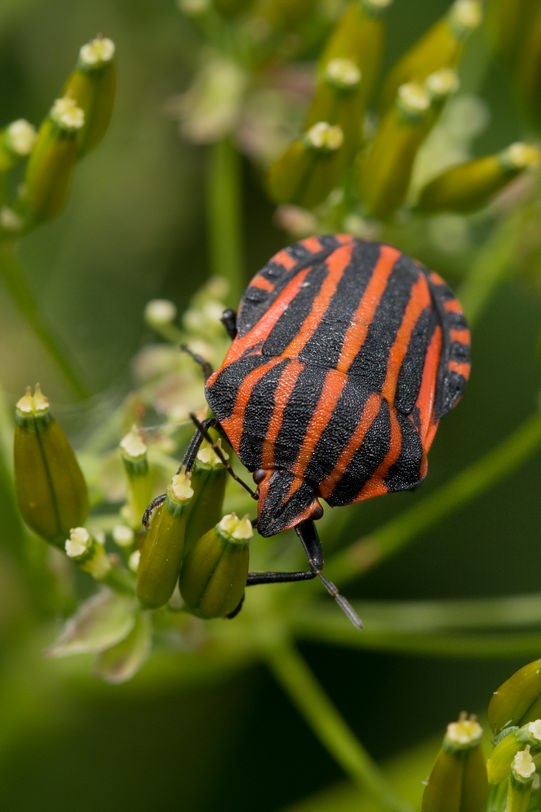
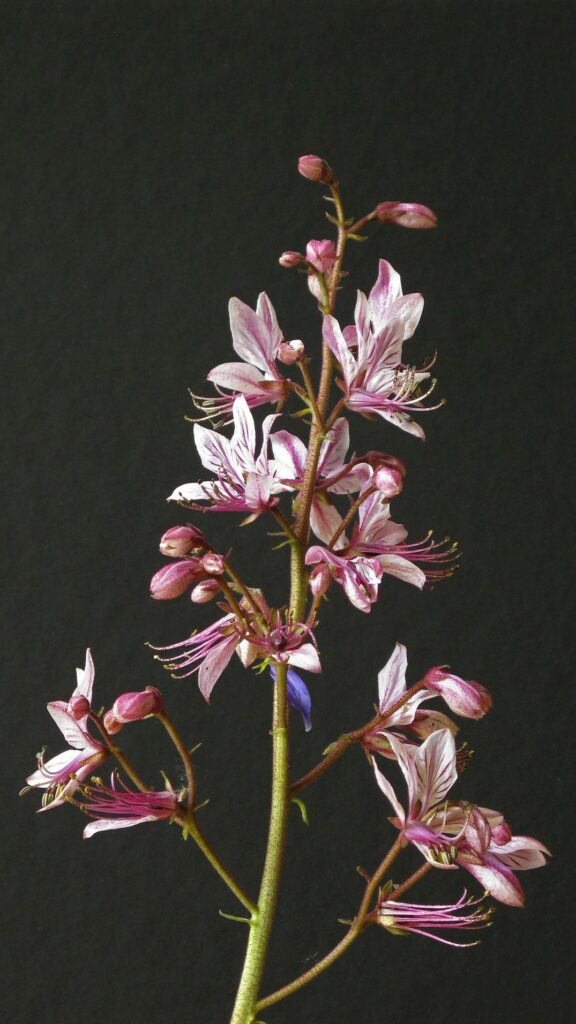
Let’s show everyone Prague’s nature!
Come and find out how rich and unique Prague’s nature is! Download the iNaturalist app on your mobile phone and then just use it to photograph nature in Prague from April 26 to 29, 2024. You can take photos in your garden, in your favorite park or even at the bus stop while you are waiting for your connection.
You don’t own a smartphone? Never mind! Just register on the iNaturalist website and then you can manually add photos to your profile, for example, taken with a classic camera.
Prague ranked 29th out of 482 cities in terms of the number of sightings last year, surpassing many world capitals. On the observation days, more than 14.8 thousand sightings and more than 1650 species were recorded from Prague! For more details click HERE.
Within Europe, Prague came in fourth place, and in the case of individual cities, first place! If you have any questions, please contact us at: pm@nm.cz
The City Nature Challenge aims to show people around the world that cities are home to many different species, which can be discovered and observed using the iNaturalist app.
The goal is to get people excited about the biodiversity around us and how it can be protected. Of course, not only in selected cities, but everywhere. Nature conservation can be supported by your observations. The City Nature Challenge will therefore elegantly introduce participants to how so-called citizen science actually works.
An example of how observations can help the scientific community was the discovery of a new location of the zebra snail (Zebrina detrita) during the last two editions of the City Nature Challenge. The zebra snail is a small terrestrial gastropod species that prefers warm-loving habitats. It was discovered in the Prokop Valley in 2019. Unfortunately, habitats of this type are disappearing from our landscape, and along with them this snail. That is why its discovery in the Prokop Valley was a very pleasant and positive surprise.
A second example is the confirmation of the occurrence of the small moth Setina roscida. Again, this is a thermophilic species that needs lichens growing on rocky slopes, for example in the Prokop Valley, where it was observed last year during the City Nature Challenge. This species is probably already extinct in Moravia and is found in only a few locations in Bohemia. Over the last 50 years, a few individuals have been observed in the Prokop Valley. You can use the iNaturalist app all year, not just during the City Nature Challenge. You can use your observations to help the scientific community map the distribution of individual species on a long-term scale. You can also help monitor the expansion of invasive species whose ranges can change quite dynamically. There are also known discoveries of new, previously undescribed species thanks to iNaturalist observations. However, these are mostly small invertebrates from tropical landscapes.
